The Decline of Donors – The Trend Continues
In a world where giving back has become increasingly accessible and celebrated, the United States is facing a concerning trend: a decline in the number of donors. Once a nation known for its philanthropic spirit, why are fewer Americans stepping up to donate?
There are several factors contributing to this decline. Firstly, economic uncertainty plays a significant role. With fluctuating job markets and rising living costs, many individuals are focused on meeting their own financial needs rather than donating to causes. The COVID-19 pandemic exacerbated this situation, leaving millions financially strained and less inclined to donate.
Moreover, shifts in generational attitudes towards giving are apparent. While older generations often prioritize charitable giving as part of their value system, younger generations, such as Millennials and Gen Z, have different priorities. They may prefer to support causes through volunteering or activism rather than monetary donations.
Additionally, trust in charitable organizations has dwindled in recent years due to scandals and mismanagement. Donors want assurance that their contributions are making a tangible difference, and when trust is compromised, they may opt out of giving altogether.
Technology also plays a role in the changing landscape of philanthropy. While online platforms have made it easier to donate, they've also created a sense of detachment from the causes themselves. With endless options at their fingertips, donors may feel overwhelmed or unsure where their money will truly make an impact.
Addressing this decline requires a multifaceted approach. Nonprofits must work to rebuild trust and transparency with donors, showcasing the tangible outcomes of their contributions. They should also adapt to the changing preferences of younger generations by offering alternative ways to support causes beyond traditional monetary donations.
Educating the public about the importance of philanthropy and its role in driving social change is crucial. By highlighting success stories and the positive impact of charitable giving, we can inspire individuals to become more actively engaged in supporting causes they care about.
Furthermore, addressing economic disparities and providing financial stability for all Americans will create a stronger foundation for philanthropy to thrive. When individuals feel financially secure, they are more likely to give back to their communities.
While the decline of donors in the United States is concerning, it is not insurmountable. By understanding the factors contributing to this trend and taking proactive steps to address them, we can reignite the spirit of giving and create a brighter future for philanthropy in America.


